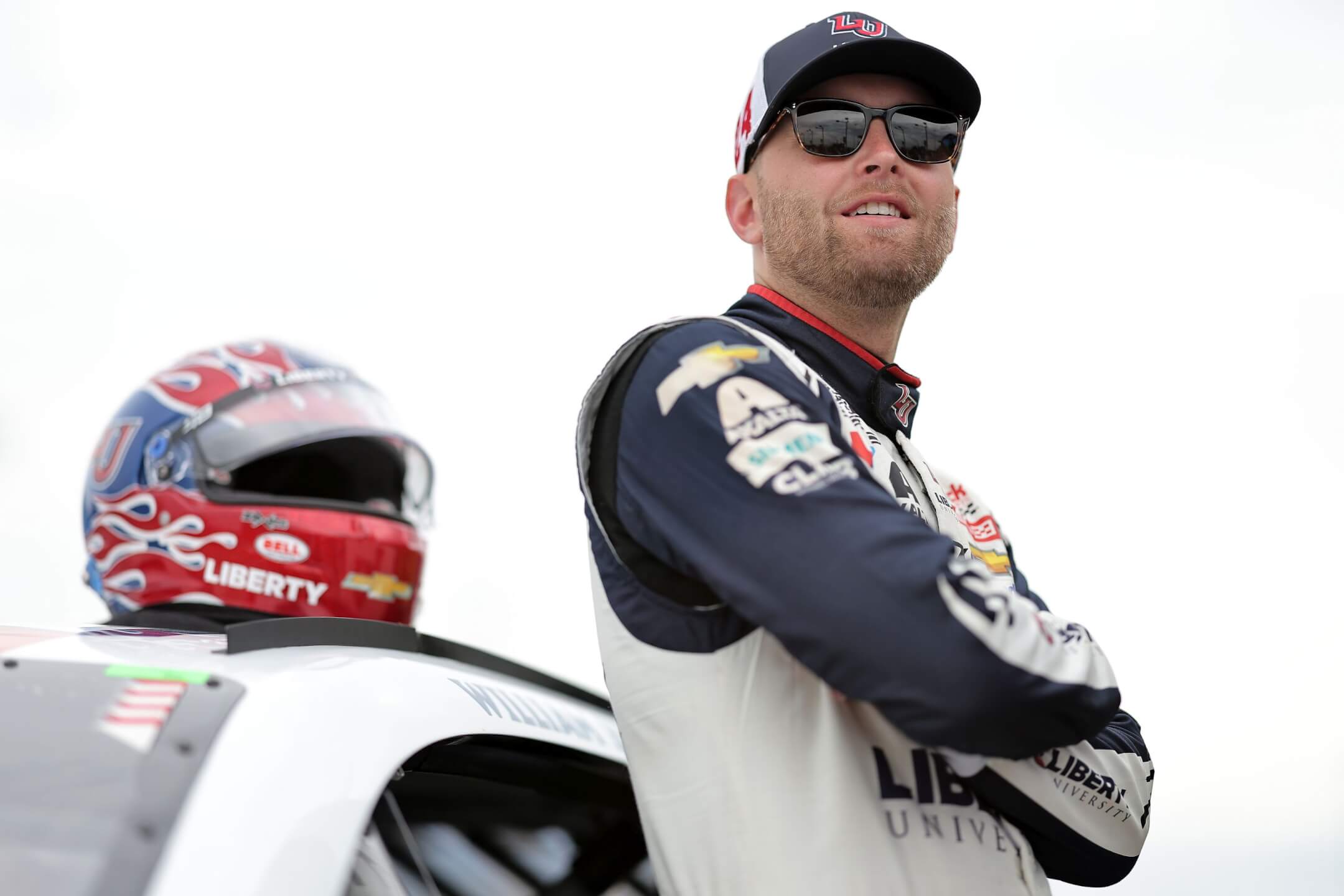 From time to time, we see an accident so scary, we allow our minds to drift to the worst. It doesn’t happen often. In fact, nowadays, it’s relatively rare, given the safety innovations the sport has developed since a rash of deaths in the 90s and early 2000s due to basal skull fracture.
From time to time, we see an accident so scary, we allow our minds to drift to the worst. It doesn’t happen often. In fact, nowadays, it’s relatively rare, given the safety innovations the sport has developed since a rash of deaths in the 90s and early 2000s due to basal skull fracture.
However, every so often a nasty wreck creeps up and reminds us that no matter what we do the sport will never be 100 percent safe.
Back in the old days, drivers would take a good hit, get checked out, and go on to race the next week. We would hear about bruises, and broken bones, but rarely about much else. We would marvel at the ability to defy death, proclaim the driver tough as nails and move on to the next race. Why wouldn’t we? That’s exactly what happened. We saw a driver defy the odds right in front of our very eyes!
For some, that is the very draw to the sport.
Sure, we heard about concussions. But, they could walk, they could talk, they were just fine, right? Then you would hear the occasional story that would give you a good chuckle, and further engrain within us the determination and will of our drivers to compete at the sport’s highest level under almost any circumstances. There are countless examples to demonstrate this.
 Ricky Rudd took the green flag at Daytona, just mere days after suffering a concussion in the All-Star Race in 1984. He rolled and flipped nine times during that race and emerged from the car with bloodshot eyes and swollen sockets, a definite sign of traumatic brain injury. But, those were different times.
Ricky Rudd took the green flag at Daytona, just mere days after suffering a concussion in the All-Star Race in 1984. He rolled and flipped nine times during that race and emerged from the car with bloodshot eyes and swollen sockets, a definite sign of traumatic brain injury. But, those were different times.
Back in those days, if you could walk and talk, you drove that race car. So, with eyes taped open, that’s exactly what he did.
At that time, a driver was required to race every event in order to compete for the championship. There was no time on the sidelines to heal from injury, and still be able to achieve the sport’s highest honor, being crowned the Cup Series Champion. It was to be five months before the sanctioning body was aware of the injuries to Rudd’s ribs and the concussion. It would cause the sanctioning body to step in requiring that all drivers that suffered a hard crash provide medical clearance before continuing to compete.
With time and knowledge attitudes tend to evolve. Such was the cause of traumatic brain injuries, especially in relation to athletes. And in the last decade or so, not just in NASCAR, but all sports, started to take into consideration not only what the body would or could withstand in an impact situation, but also the brain. What was discovered was astonishing.
First, traumatic brain injuries (TBI) happen much more often than most people would think. National Institute of Health (NIH) reports an average of 1.7 million injuries per year. Keep in mind, that’s just the number of documented TBI’s every year.
NIH estimates the actual number at over 3 million, with roughly 10% directly attributable to sports and recreation. What, you might be wondering is the leading cause of TBI? You guessed it. Motor vehicle accidents.
 Furthermore, these numbers not only include adults, but young children, active in sports, an American family pastime. Of course, TBI’s range in level of seriousness, and sometimes may not show symptoms immediately. How, you wonder, could a brain injury not show symptoms immediately? That’s may just be one of the reasons that almost half go unreported because symptoms are not always immediate. Some may find that it takes days to notice any symptoms, and for others, it may be weeks. And unlike the typical cold or flu, there are scores of symptoms that alone or in combination may point to the likelihood of concussion or TBI. However, the more time passes between the presentation of symptoms, we may tend to attribute them to something, anything but what they are.
Furthermore, these numbers not only include adults, but young children, active in sports, an American family pastime. Of course, TBI’s range in level of seriousness, and sometimes may not show symptoms immediately. How, you wonder, could a brain injury not show symptoms immediately? That’s may just be one of the reasons that almost half go unreported because symptoms are not always immediate. Some may find that it takes days to notice any symptoms, and for others, it may be weeks. And unlike the typical cold or flu, there are scores of symptoms that alone or in combination may point to the likelihood of concussion or TBI. However, the more time passes between the presentation of symptoms, we may tend to attribute them to something, anything but what they are.
Headaches seem to be the overarching symptom that most people notice, especially early on after the injury. That being said, there are a whole host of symptoms ranging from an obvious loss of consciousness, amnesia following the event, behavioral changes and even changes to one’s personality. For friends, loved ones, these tend to be outward signs that might be easy to recognize.
However, there are others that might not be so obvious. In some patients, the brain may be suffering from a set of memory disorders, and to fill gaps in memory, stories are created to link the parts together that remain. This is known as confabulation, and it may or may not be obvious to the casual observer, unless of course, the stories used to fill the gaps in memory are perceptibly made up or seem overly fantastical.
Yet others experience symptoms, which again may not point to obvious signs of concussion, or TBI.
Stay tuned for part 2 Thursday.
You can email Lori Tyler at [email protected].















